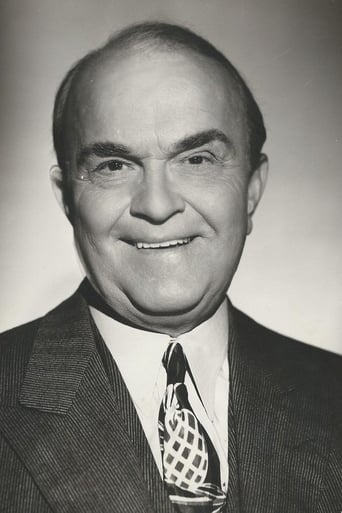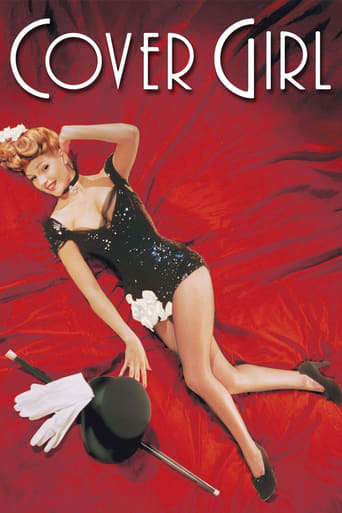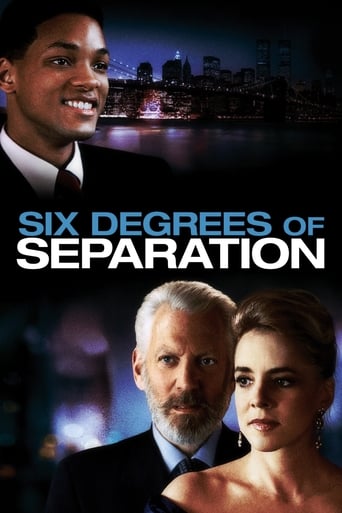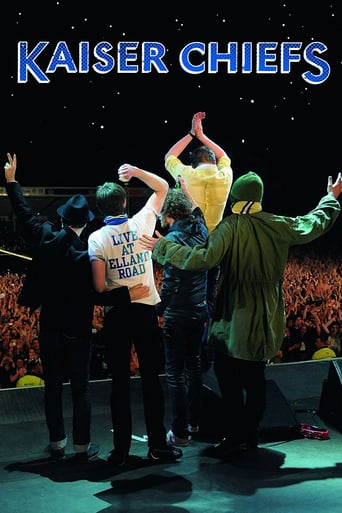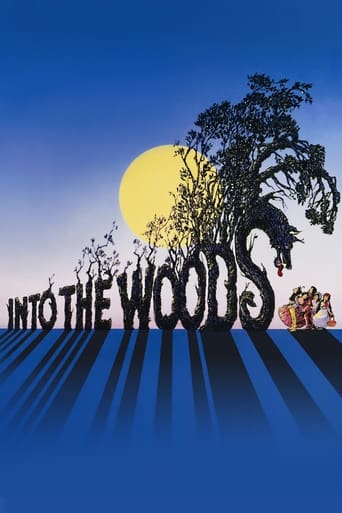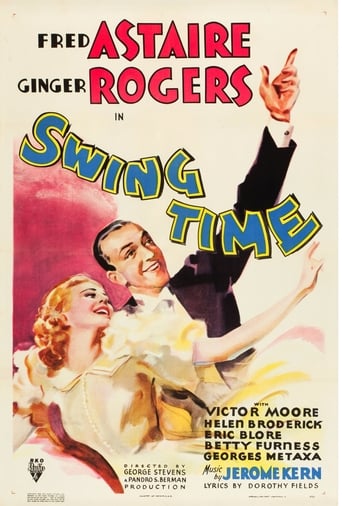
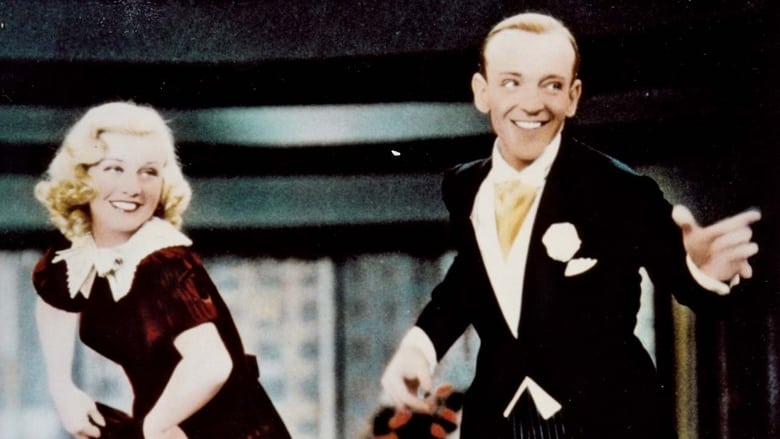
Swing Time (1936)
Lucky is tricked into missing his own wedding again and has to make $25,000 so her father allows him to marry Margaret. He and business partner Pop go to New York where they run into dancing instructor Penny. She and Lucky form a successful dance partnership, but romance is blighted by his old attachment to Margaret and hers for Ricky Romero.
Watch Trailer
Cast
Similar titles

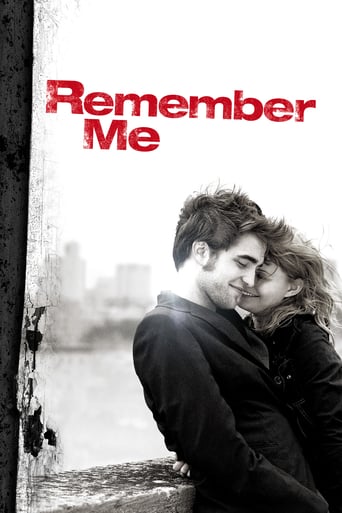

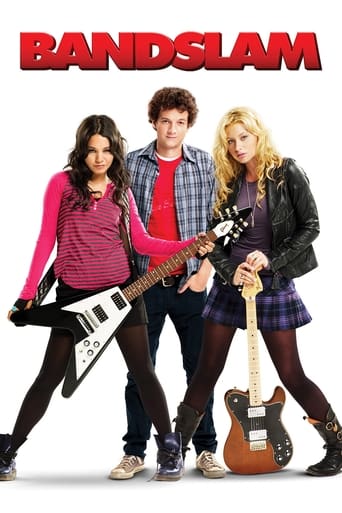
Reviews
Good start, but then it gets ruined
Although it has its amusing moments, in eneral the plot does not convince.
The acting in this movie is really good.
One of the worst ways to make a cult movie is to set out to make a cult movie.
11/19/17. If you are into old-time musicals, when musicals ruled the silver screen, then this one's for you! I watched it because it is a National Film Registry pick. This is one of many dance duets Astaire had with Ginger Rogers. And, you can see why. They danced so well in tandem it was like there was only one person dancing! And, you get to enjoy "The Way You Look Tonight," which is iconic.The movie shorts included on the DVD were worth watching, too. Worth catching.
Gambling dancer Lucky (Fred Astaire) is tricked into missing his wedding by his friends, who don't want him to get married. To get a second chance, he promises his fiancée's father that he can earn $25,000. He heads to New York where he meets dance instructor Penny (Ginger Rogers). The two hit it off and form a successful dance team. They even start to fall for each other. But Lucky's engagement and Penny's orchestra leader suitor get in the way of their romance.Considered by many to be Fred & Ginger's best, it's definitely in the top two or three for me. The dance routines are wonderful. The Kern/Fields songs, like "The Way You Look Tonight," "Pick Yourself Up," and "Never Gonna Dance," are exceptional. The comedy is fun and the romance enjoyable. Fred and Ginger are both extremely likable. Ginger's pretty as ever with a good wardrobe, including one especially sexy dress that reveals more cleavage than usual for her. Victor Moore plays the part of Fred's older best friend, a role that would have went to Edward Everett Horton in earlier movies. Some say he's irritating but I thought he was fine. Fun support from Helen Broderick as Ginger's pal. Eric Blore is amusing in a small role. Georges Metaxas plays the other guy in love with Ginger and he's the one weak link in the cast. The "Bojangles" tribute to Bill Robinson was meant with respect but the use of blackface won't sit well with many modern viewers. Still, if you're able to look past this, you'll find it's a lively number with some good dancing from Fred. It's a great movie; the kind they don't make anymore. If you've never seen an Astaire & Rogers movie before, this is as good a place to start as any.
The music in "Swing Time" is excellent: A collection of really beautiful songs. Add to that some of the best partner dancing (and choreography) of all time and the result is a an excellent film where the dance numbers actually drive the film.When you watch "Swing Time", you realize that the storyline is entertaining, but rather simple. But the dance numbers are dramatic, emotional, uplifting, and inspired. In fact, they communicate the story and the emotions of the two primary characters more than their words.The climactic dance number ("Never Gonna Dance") says it all. The choreography conveys the love, the heartbreak, and the disappointment of Lucky (Fred Astaire) and Penny (Ginger Rogers) despite the fact that they cannot voice their feelings. This is a remarkable accomplishment. No wonder so many consider this to be the best film pairing of this amazing dance team.Ginger herself named "Swing TIme" as her favorite of all her films. This was due to a number of factors. Firstly, she felt that director George Stevens "had an incredible sensitivity to an actress playing a scene." Secondly, she thought the score by Jerome Kern and Dorothy Fields was "scrumptious". Thirdly, through her costumer, Bernard Newman, she was able to realize her "dream" dress for the "Waltz in Swing Time" number, and said "I can never emphasize enough how important clothing was to me." "Never Gonna Dance" was the last dance number in the film. Ginger reports that it took 48 takes and they finished at 4:00 A.M. Complications--besides the demanding choreography--included an arc light going out, a noise in the camera, and Fred's toupe falling off. During one break, Ginger took her shoes off and found that her shoes "were filled with blood".
Tap dancing was hugely popular in musical films of the twenties and thirties. There's something rather captivating about a good tap dance routine, not only the rhythm but also the way the dancer stomps on the floor, as a musical expression of assertiveness. Though out of style nowadays, such dancing can be found in many old films like "Swing Time", wherein Fred Astaire and Ginger Rogers dazzle us with their tap dancing skills and style. And that is by far the best element of this film.Several times Astaire and Rogers dance together. Their dancing is enhanced visually in those numbers that take place in an ornate art-deco nightclub with a large dance floor and enormously high ceilings. But my favorite specific number is the "Bojangles of Harlem" number wherein Astaire dances with a chorus of girls at times, and at other times dances alone in black-face. The music is jazzy and the dubbed-in sound is quite good.The big downfall of this film is its contrived, boring story, which seems tacked on as a continuity device to justify the dance numbers as cinema. The plot is inconsistent, implausible, and irrational, which would be okay given that the film is a musical. But there are long periods of plot between the musical numbers, and the film's overall runtime is thus too long. Script dialogue is old-fashioned by today's standards. Characters are shallow; jokes are flat and the comedy in general is rather lowbrow. The silly ending is preposterous and annoying.With all of its glitter, "Swing Time" must surely have been a welcome escape from the hardships of the Great Depression. For today's viewers, the film functions mostly as nostalgia of the rather unique Astaire/Rogers partnership, and as a rendering of the bygone art of tap dancing.


